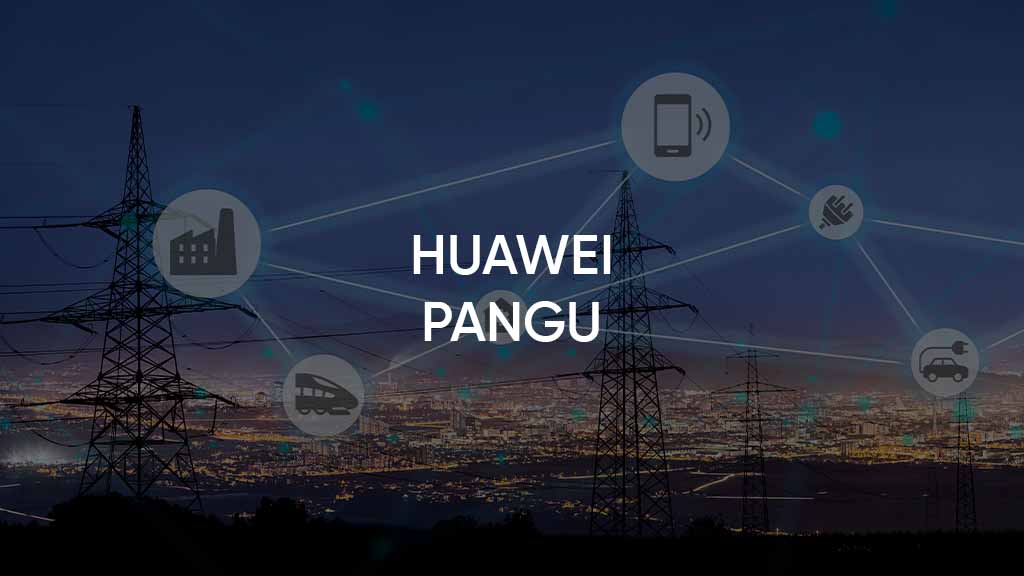News
Huawei Pangu 3.0: New computing power for AI industry

On July 7th, at Huawei Developer Conference (Cloud) 2023 event, Huawei launched Pangu 3.0 models as a new computing power for the AI industry.
Pangu Models 3.0 will focus on building up core competitiveness and helping customers, partners, and developers operationalize AI and drive real value creation across industries.
With Ascend AI cloud services, a single compute cluster can provide 2000 petaFLOPS of compute capacity, and a 1,000-card cluster can train a multi-billion parameter model for an uninterrupted 30 days. More reliable AI computing power has helped make large models more accessible than ever to industry customers.
While launching Pangu 3.0 models, Mr. Zhang Ping’an, Huawei’s Executive Director and CEO of Huawei Cloud, announced that Pangu 3.0 has three purposes — reshaping industries, honing technologies, and sharing success.
“Huawei Cloud Pangu models will empower everyone from every industry with an intelligent assistant, making them more productive and efficient. We will uphold our mission of “AI for Industries”, and use Pangu models to reshape all industries with AI. Every developer will have the power to change the world.” said Zhang.
Huawei Pangu Models 3.0 use a “5+N+X” three-layer architecture including L0, L1, and L2 layers. Let’s explain these in detail.
The L0 layer consists of five foundation models: NLP, CV, multimodal, prediction, and scientific computing, which provide general skills to power an endless possibility of industry-specific applications.
Pangu Models 3.0 are available in different sizes: 10 billion parameters, 38 billion parameters, 71 billion parameters, and 100 billion parameters, meeting diverse customer needs and different standards on latency and response times. Brand-new capability sets are also provided, such as knowledge-based Q&A, copywriting, and code generation for the Pangu NLP model; and image generation and understanding for the Pangu multimodal model. All of these capability sets will be made available to customers and partners and will be consistent regardless of the model size (number of parameters).
The L1 layer consists of N industry-tailored models. Huawei Cloud can provide customers with industry models it has trained on open industry datasets, including Pangu models for government, finance, manufacturing, mining, and meteorology. Alternatively, customers can train their own models using their own datasets based on Huawei’s L0 or L1 Pangu models.
The L2 layer provides pre-trained models for specific industry scenarios and tasks, such as intelligent government hotline, intelligent branch assistant, lead compound screening, conveyor belt foreign object detection, and typhoon trajectory prediction. These models can be quickly deployed off the shelf.
The hierarchical architecture allows the Pangu models to be quickly adapted to a wide range of downstream tasks. Customers can load independent datasets to train their own models. They can choose to upgrade foundation models, or just upgrade capability sets.
Based on the L0 and L1 models, Huawei Cloud also offers industry model development suites, which allow customers to quickly train their own models using their own datasets. In addition, the Pangu models support different deployment modes, including the public cloud, a dedicated large model zone on the public cloud, and a hybrid cloud. This helps to ensure that the varied security and compliance requirements of different customers are met.

Pangu models are also integrated into Huawei Cloud products and services as a massive productivity boost.
For example, Pangu automatically generates copywriting and code, speeding up product launches and user onboarding for new offerings. Cloud customer service embeds industry knowledge and intent mining, improving full-process efficiency by 30% through first-AI-then-human responses.
For business intelligence (BI), NL2SQL and AutoGraph support automatic recommendations of visual charts from SQL statements. Multiple rounds of natural language interaction make it easier to present insights from data. In cloud search, multi-modal embedding and NL2API increase search accuracy for videos, texts, and graphs by 15% through powerful semantic understanding and generalization.






